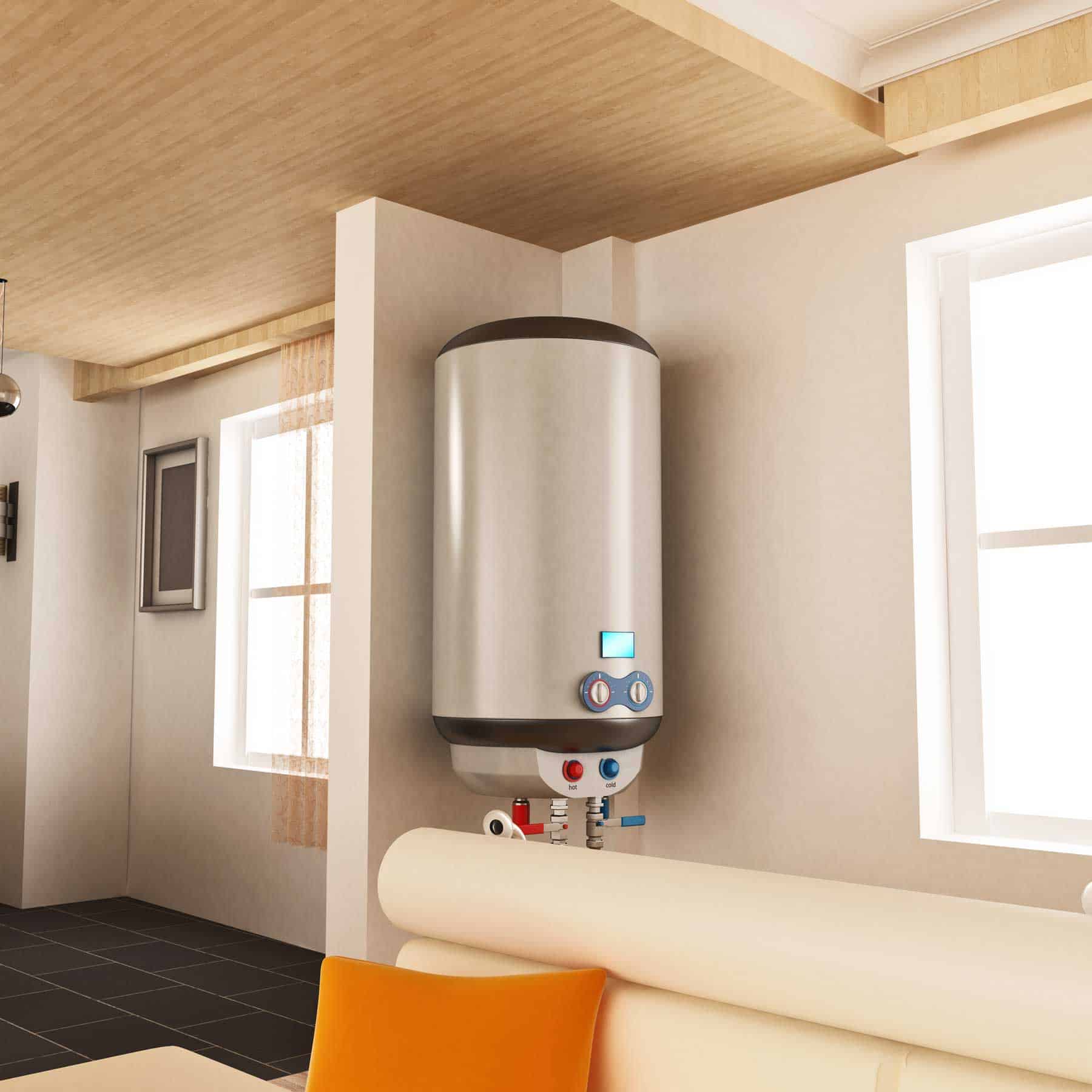Expert Advice on Maintaining Your Home's Hot Water SystemBest Practices for Maintaining Your Home's Hot Water System
Expert Advice on Maintaining Your Home's Hot Water SystemBest Practices for Maintaining Your Home's Hot Water System
Blog Article
What're your opinions on Tips on Maintaining a Water Heater?

Hot water is crucial for daily comfort, whether it's for a refreshing shower or cleaning dishes. To guarantee your hot water system runs successfully and lasts longer, routine maintenance is vital. This short article provides functional suggestions and understandings on just how to keep your home's warm water system to prevent interruptions and costly repairs.
Intro
Keeping your home's warm water system could seem difficult, however with a couple of straightforward steps, you can ensure it operates efficiently for several years ahead. This guide covers every little thing from comprehending your hot water system to do it yourself maintenance pointers and knowing when to call expert assistance.
Importance of Keeping Your Warm Water System
Routine maintenance not just prolongs the life expectancy of your warm water system however likewise ensures it operates efficiently. Overlooking upkeep can bring about reduced performance, higher energy bills, and even premature failure of the system.
Indications Your Warm Water System Requirements Maintenance
Recognizing when your warm water system needs interest can protect against major issues. Watch out for indications such as irregular water temperature, unusual noises from the heating system, or corroded water.
Understanding Your Hot Water System
Prior to diving right into maintenance jobs, it's helpful to comprehend the standard elements of your warm water system. Generally, this consists of the hot water heater itself, pipelines, anode rods, and temperature level controls.
Monthly Maintenance Tasks
Normal monthly checks can assist capture minor problems prior to they escalate.
Flushing the Hot Water Heater
Flushing your water heater removes debris build-up, improving effectiveness and lengthening its life.
Checking and Replacing Anode Rods
Anode poles protect against corrosion inside the storage tank. Evaluating and replacing them when worn is vital.
Inspecting and Readjusting Temperature Settings
Changing the temperature level settings guarantees ideal efficiency and safety and security.
DIY Tips for Maintenance
You can execute several maintenance tasks on your own to maintain your warm water system in leading condition.
Checking for Leaks
Frequently examine pipelines and links for leakages, as these can bring about water damages and higher bills.
Evaluating Pressure Relief Valves
Checking the pressure relief valve ensures it works properly and stops extreme pressure buildup.
Shielding Pipelines
Protecting hot water pipes lowers warmth loss and can conserve energy.
When to Call a Professional
While do it yourself upkeep is useful, some problems need expert proficiency.
Facility Problems Needing Specialist Aid
Instances include significant leaks, electric issues, or if your water heater is consistently underperforming.
Regular Professional Upkeep Advantages
Professional upkeep can consist of extensive examinations, tune-ups, and ensuring conformity with safety and security requirements.
Verdict
Routine upkeep of your home's hot water system is important for performance, long life, and cost financial savings. By complying with these pointers and knowing when to look for professional help, you can ensure a dependable supply of hot water without unforeseen disruptions.
How to Maintain an Instant Hot Water Heater
Before tinkering with your hot water heater, make sure that it’s not powered on. You also have to turn off the main circuit breaker and shut off the main gas line to prevent accidents. Also turn off the water valves connected to your unit to prevent water from flowing into and out of the appliance. 2. When you’re done, you have to detach the purge valves’ caps. These look like the letter “T” and are situated on either side of the water valves. Doing so will release any pressure that has accumulated inside the valves while at the same time avoid hot water from shooting out and burning your skin. 3. When the purge valves’ caps are removed, you have to connect your hosing lines to the valves. Your unit should have come with three hoses but if it didn’t, you can purchase these things from any hardware or home repair shops. You can also get them from retail stores that sell water heating systems. Read the user’s manual and follow it to complete this task properly. When the hosing lines are connected, open the purge port’s valves. 4. You should never use harsh chemical cleaners or solutions when cleaning your unit. Make use of white vinegar instead. It should be undiluted and you’ll probably use about 2 gallons. 5. Now flush your water heater. This task should probably take about 40 minutes. We can’t give you specific directions for this because the procedure is carried out depending on the type, model and brand of your heater. With that being said, refer to the user’s manual. 6. When you’re done draining the unit, you have to turn off the purge port valves again. Remove the hosing lines that you earlier installed on each of the water valves. Put the valve caps (purge port) back in their respective places and be very careful so as not to damage the rubber discs that are found inside these caps. 7. Now that everything’s back in place, check your user’s manual again to find out how to reactivate your water heating system. 8. Once it is working, turn one of your hot water faucets on just to let air pass through the heater’s water supply pipes. Leave the tap on until water flows smoothly out of it. https://www.orrplumbing.com/blog/2014/september/how-to-maintain-an-instant-hot-water-heater/
As a devoted reader on How to Maintain a Hot Water Heater in a Few Simple Steps, I thought sharing that piece of content was beneficial. Remember to take a moment to share this content if you enjoyed it. Thanks for being here. Please come visit our blog back soon.
Call Today Report this page